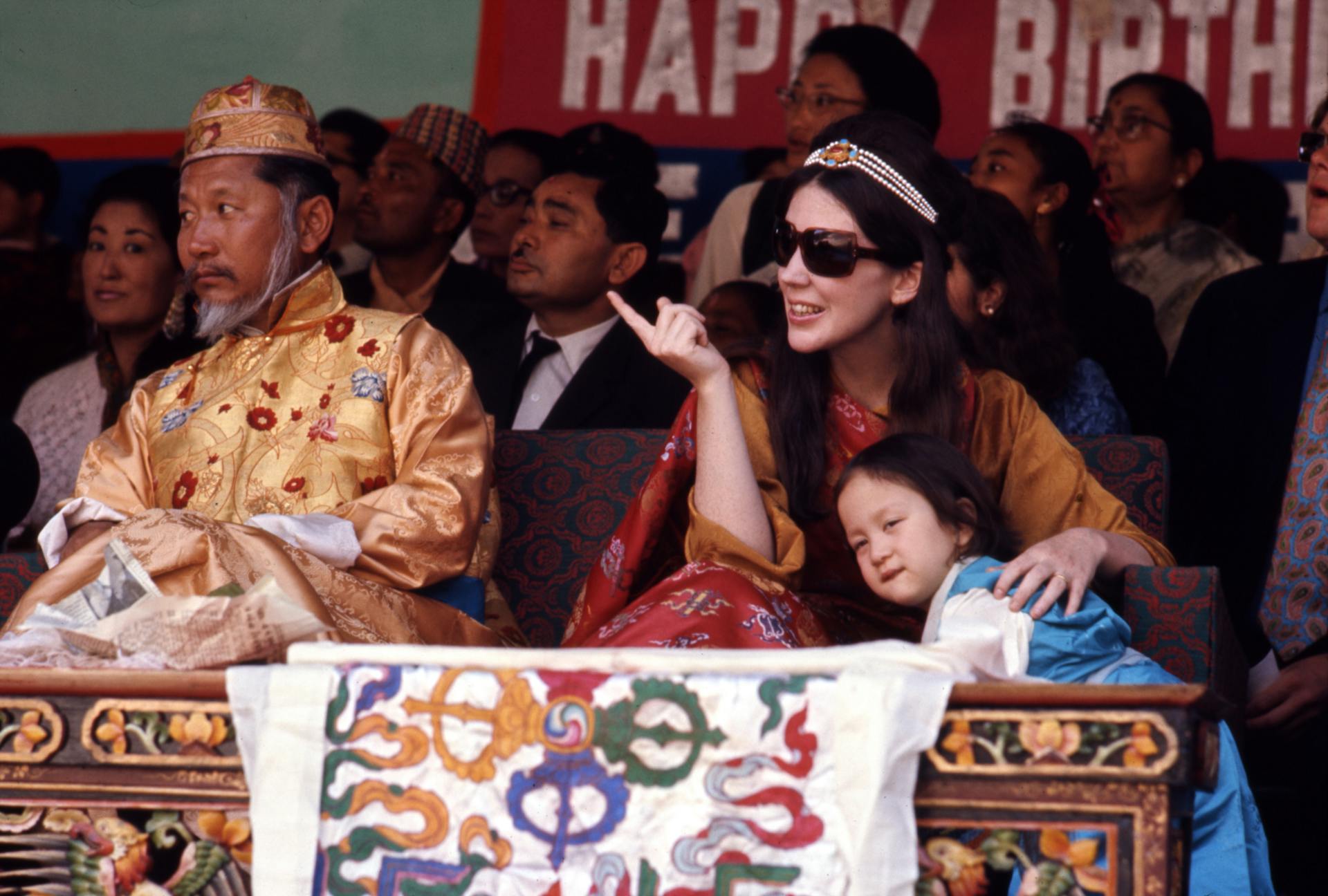SOURCE: AFI

The covert operation undertaken by India’s intelligence agency, the Research and Analysis Wing (RAW), to incorporate the Himalayan kingdom of Sikkim into the Indian Union.
For centuries, Sikkim thrived as an independent kingdom nestled in the Himalayas. However, the rise of the British Empire in India gradually eroded its autonomy. By the late 19th century, Sikkim became a British protectorate, though still ruled by its hereditary monarchs, the Chogyals.
Following India’s independence in 1947, Sikkim’s integration was anticipated. However, Prime Minister Nehru opted to maintain Sikkim’s separate status. Meanwhile, pro-democracy movements within Sikkim advocating for a merger with India emerged but were denied support by the Indian government, which prioritized stability along the China border.
Sikkim’s 12th Chogyal, Palden Thondup Namgyal, ascended the throne in the 1960s. Dissatisfied with the protectorate status, he desired greater autonomy from India. Public pronouncements demanding a revision of the 1950 treaty and Sikkim government media portraying India as an imperialist power heightened tensions.
While initially open to negotiations to appease the Chogyal, Prime Minister Indira Gandhi grew suspicious of his true motives, fearing a complete severing of ties with India.
In 1972, Gandhi tasked RAW with ensuring Sikkim’s integration. RAW agents operating within Sikkim established contact with prominent pro-democracy leaders, particularly Kazi Lhendup Dorji. They conveyed India’s withdrawal of support for the Chogyal, a critical factor in his past survival against pro-democracy movements.
Capitalizing on the Chogyal’s unpopularity due to social inequalities, RAW collaborated with pro-democracy parties to intensify pressure. These efforts culminated in large-scale protests against the Chogyal in 1973.
With India’s backing withdrawn, the Chogyal was compelled to sign an agreement relinquishing significant political power. An India-appointed Chief Executive assumed control of the Sikkim administration, and free elections were mandated.
RAW strategized to ensure a strong majority for the pro-Indian Sikkim National Congress. This involved convincing various ethnic group leaders to lend their support. The 1974 elections witnessed a landslide victory for the Sikkim Congress, which subsequently invited India to participate in drafting a new constitution for Sikkim.
The Chogyal, vehemently opposed to the new constitution, attempted to dismantle the Sikkim Congress coalition and even sought intervention from Indira Gandhi. However, his efforts were futile. The Sikkim Assembly passed the constitution, effectively reducing the Chogyal to a figurehead.
The Indian Parliament swiftly granted Sikkim associate statehood, further diminishing the Chogyal’s authority.
Desperate, the Chogyal sought external support from Pakistan and China during a visit to Nepal. He even threatened to involve the UN, sparking outrage in Sikkim. This provided the pro-democracy parties with the opportunity to introduce a resolution abolishing the Chogyal’s position and calling for a referendum on Sikkim’s merger with India.